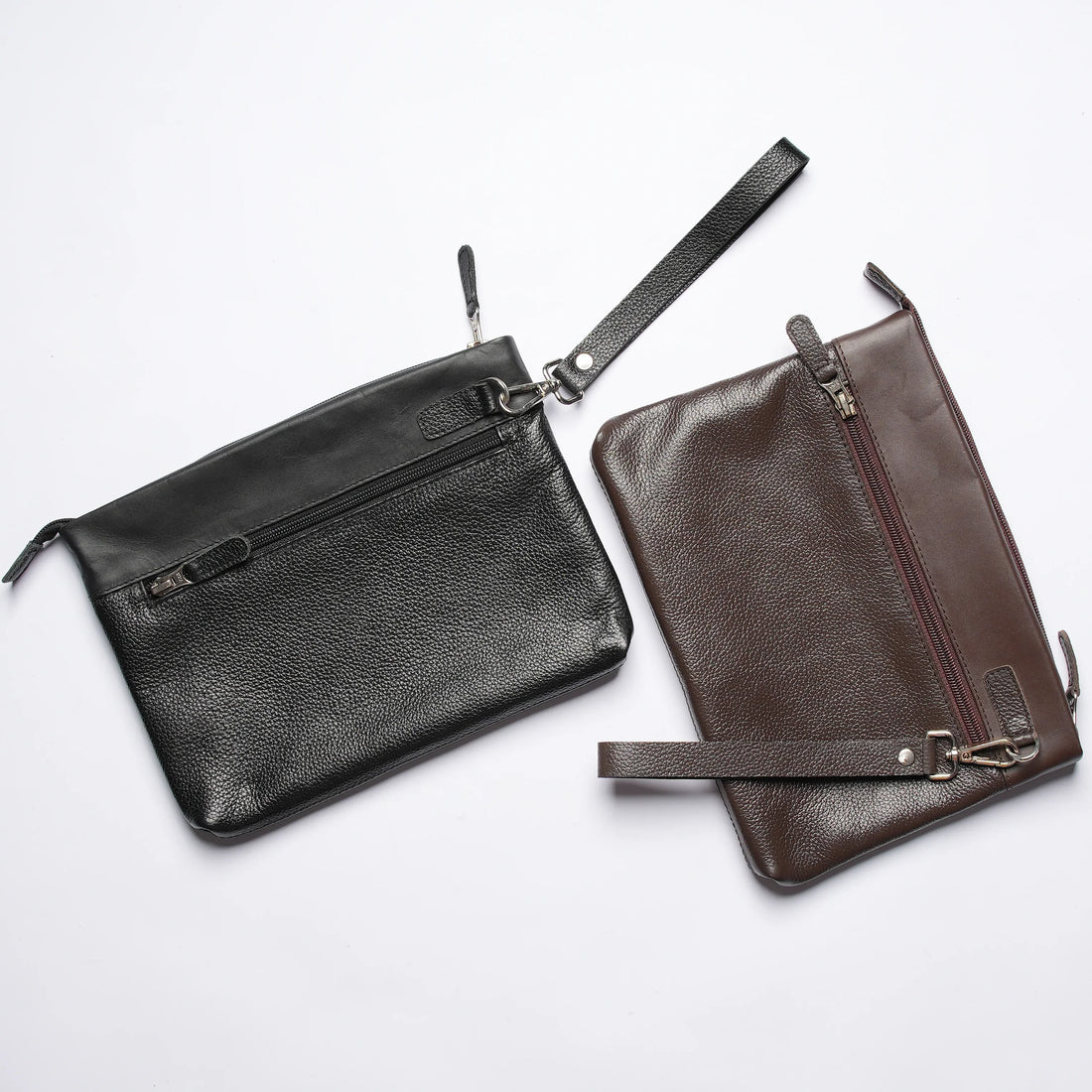Pakistan’s potential in the leather segment is well-known among importers and exporters. Local leather artisans are following the long tradition of leather manufacturing in urban cities. Most importantly, the abundance of leather material enables manufacturers to produce high-quality leather wallets, bags, and laptop sleeves.
Let’s summarize it: ‘Our leather industry strengths and utilized potential enable business owners to invest, manufacture, and produce exceptional quality leather products.’
Our leather industry can be declared as a perfect market - where there exists a large number of buyers and sellers. Hence, it is a routine matter for leather manufacturing companies to expect a rise in the competition. In return, a perfect market like the Pakistan’s leather industry can potentially generate the below-discussed benefits:
- High-quality leather products
- Affordable prices
- Diversified leather options for customers
- Market competitiveness encourages businesses to adopt new technologies and manufacturing processes
- Absence of monopoly
- Less number of barriers to entry
- Increase in marketing efforts to attract customers
- Emergence of new leather material sources
Recent economic developments in the 21st century have also encouraged our local leather brands to change their approaches and develop new ideas for improving the leather manufacturing processes. Overall, we can establish that the leather industry is somehow improving its standards.
Till now, we have discussed the positive side of the leather industry. However, there exists a lot of space for improvement.
Our managers at Khalil-Ahmed usually say: ‘The more leather-centric challenges we face, the more we become capable of achieving ‘excellence’ in leather manufacturing.’
Please hold onto your thoughts on the word excellence. We will discuss it later in the article. Our in-house research suggests that manufacturers and craftsmen need to improve their approach for achieving ‘leather excellence’ or ‘leather perfection’.
From an industry perspective, leather excellence can be defined as the management’s desire or commitment to attain exceptional results. Leather perfection could be explained as putting efforts and resources for unrealistic outcomes with a fear of failure. Both explanations perfectly depict where the problem exists.
Sorry to say, but the truth should prevail. Manufacturers in almost all industries lack approaches/strategies to achieve the stage of ‘Leather Excellence’- an urge to ensure continuous improvement.
We want to discuss that Khalil-Ahmed utilizes the most advanced and effective manufacturing processes known as Crazy Horse Leather and Pull-Up Leather. Despite this, our company is still open to new leather processes and practices that can eventually develop and deliver premium-quality products to customers.
The main products of Khalil-Ahmed include leather wallets, bags, and laptop sleeves. Our journey towards premium-quality could not have been possible without adopting the Leather Excellence philosophy. Sometimes our stakeholders do say that we have reached the stage of perfection. Ok, this statement can be categorized as self-admiration, but everyone does it, so please let it go😉.
Anyways, our company never considers itself to be in the stage of leather perfection. The only possible reason is that employees and senior-level executives are concerned about the fact that perfection philosophy leads to ignoring errors in the manufacturing process and operational activities for achieving objectives.
We recommend leather manufacturers, suppliers, and craftsmen to follow the approach of ‘Leather Excellence’ because this approach helps in the domestic market and allows them to compete with international companies globally.
Khalil-Ahmed’s 11 steps can guide stakeholders in the achievement of ‘Leather Excellence’:
- Step 1: Find the best supplier that provides premium-quality leather material
- Step 2: Encourage and educate leather artisans about the latest manufacturing processes
- Step 3: Continuously communicate with stakeholders like employees and customers to gather relevant ideas for leather product designs
- Step 4: Use of marketing techniques to transfer the information about leather products to customers
- Step 5: Develop an effective online presence to gather orders about leather products
- Step 6: Deliver the leather products with the use of the best possible customer services
- Step 7: Collect customers’ feedback to evaluate the leather products quality
- Step 8: Share the feedback with the internal stakeholders like leather suppliers, manufacturers, and craftsmen
- Step 9: Arrange the meeting between the company’s co-founders and leather consultants to gather ideas and suggestions for improving product quality
- Step 10: Adjust the business processes and other organizational activities as per the new suggestions provided by leather consultants and higher management
- Step 11: Evaluate the leather-centric processes to identify what positive impact the new changes create on product quality and interlinked activities
